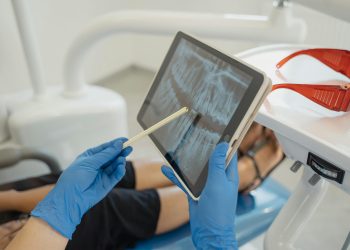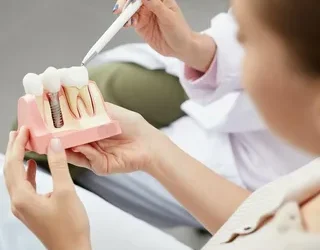Discovering a hernia can be unsettling. That tell-tale bulge, often accompanied by discomfort or pain, is a clear sign that something isn’t quite right. While some smaller hernias might initially be managed with watchful waiting, for many, the most effective and definitive solution is surgery. However, if you’re facing the prospect of hernia repair, it’s important to understand that the surgery aims for more than just pushing the bulge back in.
It’s a procedure with specific, interconnected goals designed to improve your quality of life, prevent serious complications, and restore your body’s integrity. It’s about getting you back to feeling strong, comfortable, and confident in your own body.
Alleviating Pain and Discomfort: The Primary Goal
For most individuals seeking hernia repair, the primary and most immediate goal is to alleviate the pain and discomfort associated with the hernia. This pain can range from a dull ache or heavy sensation, particularly when lifting, coughing, or straining, to sharp, debilitating pain if the hernia becomes incarcerated (trapped).
By surgically pushing the protruding tissue back into its proper place and repairing the weakened area, the pressure on surrounding nerves and tissues is relieved. This directly addresses the source of the discomfort, allowing patients to resume daily activities without the constant reminder of their hernia. Significant pain relief is often one of the most immediate and appreciated benefits of a successful repair.
Restoring Anatomical Integrity: Putting Things Back in Place
At its essence, a hernia is a structural problem – a hole or weak spot in the muscle or tissue wall that allows an organ or fatty tissue to push through. A key goal of hernia repair surgery is to restore the body’s anatomical integrity. This means guiding the protruding organ or tissue back into its correct cavity (usually the abdomen) and then closing or reinforcing the weakened area.
Surgeons use various techniques to achieve this. Often, a synthetic mesh is used to patch and strengthen the weakened spot, providing a durable repair and reducing the likelihood of recurrence. This restoration of the body’s natural barriers is fundamental to ensuring organs remain in their proper positions and function as they should.
Preventing Complications: Avoiding Serious Health Risks
Beyond discomfort, untreated hernias carry the risk of severe complications that can become medical emergencies. A primary goal of hernia repair is to prevent these dangerous scenarios. The most feared complication is strangulation, where a portion of the intestine or other tissue becomes trapped and its blood supply is cut off. This is a life-threatening condition requiring immediate surgery.
Another complication is incarceration, where the hernia becomes trapped and cannot be pushed back in. While not immediately life-threatening, it can lead to strangulation. By repairing the hernia proactively, surgeons eliminate the risk of these acute complications, safeguarding the patient’s health and preventing the need for emergency, often more complex, surgeries.
Restoring Strength and Function: Getting Back to Normal Activities
A hernia can significantly limit a person’s ability to perform everyday activities. Lifting heavy objects, exercising, or even prolonged standing can exacerbate the bulge or cause pain. A successful hernia repair aims to restore the strength and integrity of the abdominal wall, allowing patients to return to their normal functional levels.
This means being able to participate in physical activities, hobbies, and work duties without fear of pain or aggravating the hernia. The repair empowers patients to regain their independence and confidence in their movements, leading to a significant improvement in their overall quality of life. The goal is not just to fix the problem, but to restore the ability to live a full, active life.
Long-Term Prevention: Reducing the Chance of Recurrence
Finally, a crucial objective of modern hernia repair is to minimize the chance of the hernia returning. Surgeons utilize advanced techniques and materials, particularly surgical mesh, which acts as a scaffold to reinforce the weakened tissue and promote strong, lasting healing.
While no surgery has a zero-percent recurrence rate, contemporary hernia repair techniques are highly effective in achieving durable results. This focus on long-term prevention ensures that patients not only get relief now but also have peace of mind about the future, knowing that the repair is designed to be strong and permanent.
Conclusion: A Path to Comfort, Strength, and Peace of Mind
Hernia repair surgery is a precise and purposeful procedure with clear goals: to alleviate pain, restore anatomical integrity, prevent dangerous complications, and bring back strength and function. By achieving these objectives, surgeons offer patients a path to not just a mended body, but renewed comfort, confidence, and peace of mind. If you are experiencing hernia symptoms, consulting with a medical professional can help you understand the best course of action for your unique situation.


























